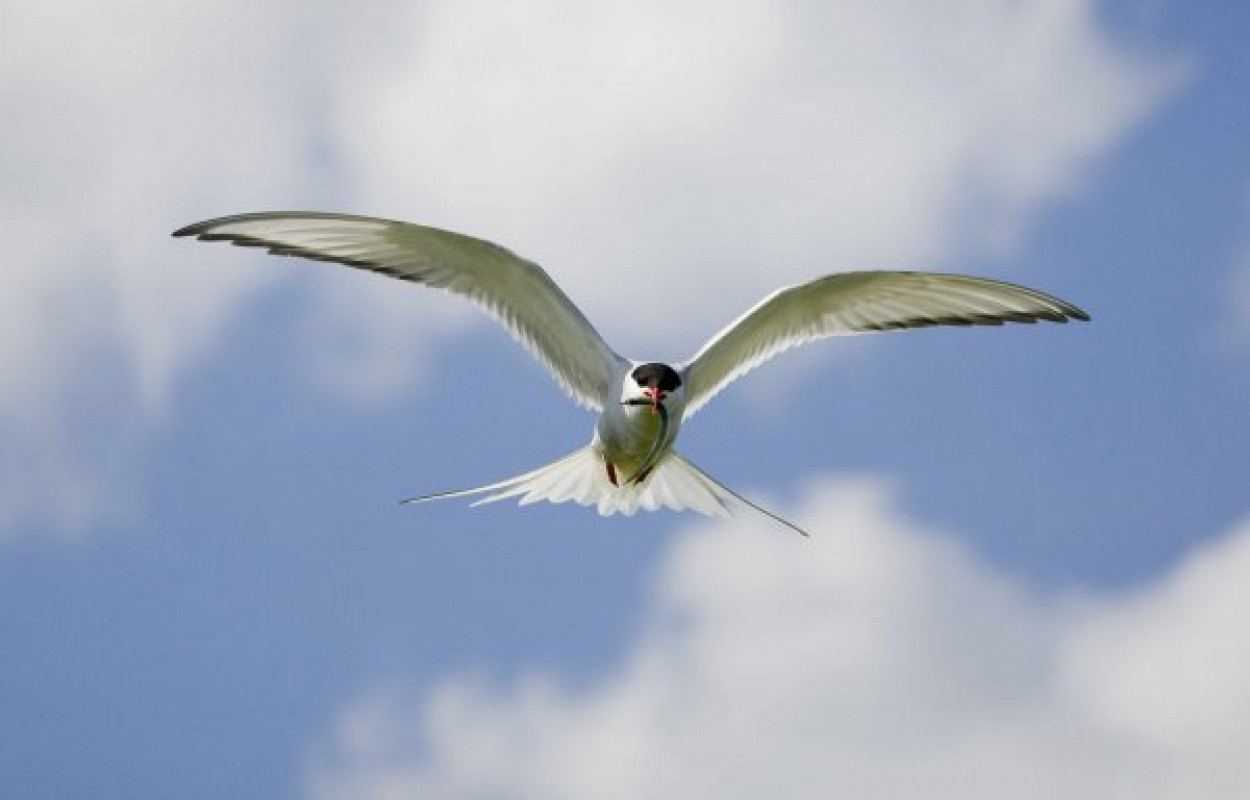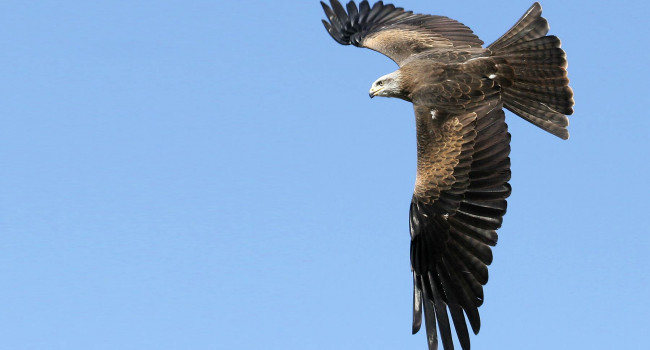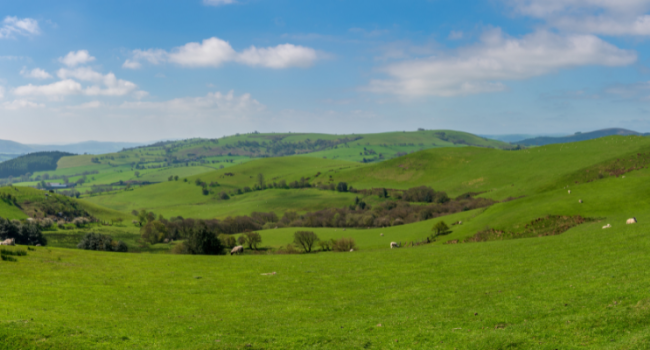Observed and predicted effects of climate change on species abundance in protected areas

Author(s): Johnston, A., Ausden, M., Dodd, A.M., Bradbury, R.B., Chamberlain, D.E., Jiguet, F., Thomas, C.D., Cook, A.S.C.P., Newson, S.E., Ockendon, N., Rehfisch, M.M., Roos, S., Thaxter, C.B., Brown, A., Crick, H.Q.P., Douse, A., McCall, R.A., Pontier, H., Stroud, D.A., Cadiou, B., Crowe, O., Deceuninck, B., Hornman, M. & Pearce-Higgins, J.W.
Published: January 2013
Journal: Nature Climate Change Volume: 3
Digital Identifier No. (DOI): 10.1038/nclimate2035
Protected area networks, where several sites are legally protected because of their importance for particular species or habitats, are one of the main conservation tools for reducing biodiversity loss. However, it is unclear how effective these networks might be as the species and habitats for which they are designated respond to climate change. New research led by the BTO and published in the prestigious journal Nature Climate Change, provides the most compelling evidence yet that while British bird populations are being affected by climate change, and will continue to be, the network of sites established to protect them under European law is resilient to these changes and will remain so.
The UK is home to internationally important populations of breeding seabirds and wintering waterbirds. Sites holding particular numbers of these species are designated as Special Protection Areas (SPAs) under the EU Birds Directive. Scientists used high quality data on the abundance of 62 seabirds and waterbirds collected over 30 years to show that more than half the population trends during this time can be explained by climate change. They then used this information to predict trends until 2080 assuming 4?C global warming. This scenario produced population declines of at least 25% of more than half of species considered, and in some cases falls of more than 50%. Species such as the Arctic Tern, Guillemot, Eider and Bar-tailed Godwit were particularly badly affected. However, other species, like Avocet, Snipe and Common Tern, were projected to increase in numbers.
These gains and losses have implications for the designation of SPAs. However, although many sites were projected to lose qualifying species as numbers dropped below the necessary threshold, they were also expected to gain other species, resulting in an overall change in the composition of species protected by a particular area. Such alterations highlight the need for efficient administration and regular assessment of the SPA network, so that it keeps pace with bird population trends.
Abstract
Increasing temperatures linked to changes in bird distribution
Research from the BTO and other organisations has shown that distributions of wintering waterbirds within north-west Europe are changing with increasing winter temperatures. BTO-led work first showed this for waders (Maclean et al. 2008), and more recently the BTO has been part of a study demonstrating the same effect for diving ducks (Lehikoinen et al. 2013). Winter numbers of Goldeneye, for example, have decreased in Ireland, UK and The Netherlands, but risen considerably in Finland and Sweden, where water bodies have increasingly remained unfrozen during the winter. Such results have raised questions about the future viability of existing protected areas.
Recently published BTO-led research using data from across north-west Europe shows that those areas currently protected within the UK are likely to remain effective for the next 70 years at least, although there may be changes in the species which are important at each site. The study focused on breeding seabirds and wintering waterbirds; both groups have been central to the legal classification of SPAs in Europe. SPAs were established under the European Union Birds Directive and were designated for those areas containing numbers of any species that surpassed agreed international thresholds.
The study, known as ‘Chainspan’, used data from a range of sources, including the BTO/RSPB/JNCC Wetland Bird Survey and the JNCC-led Seabird Monitoring Programme (see the end of the article for a full list), in order to cover many important areas of north-west Europe. Sophisticated statistical models revealed that currently protected sites will remain important strongholds for birds in the future under a range of climate change scenarios, even if the global mean temperature increases by 2.8°C by 2050 or 4.4°C by 2080. Many sites were projected to lose some of their current qualifying species, as numbers dropped below the agreed thresholds due to both range shifts and population declines. However, these same sites were also expected to gain some other species. The overall result was that the SPA network will remain important, but perhaps with a different set of key species at each site and over the network as a whole.
The need for continued monitoring
Currently designated areas should remain under protection, and must continue to be monitored alongside other areas with similar habitats to ensure that the birds have access to suitable habitat under changing environmental conditions. The SPA network should be regularly assessed to account for bird population fluctuations and range shifts, and SPA-focused research should continue. This will require continued collaboration between neighbouring countries in order to protect species at the biogeographical population level.









Share this page